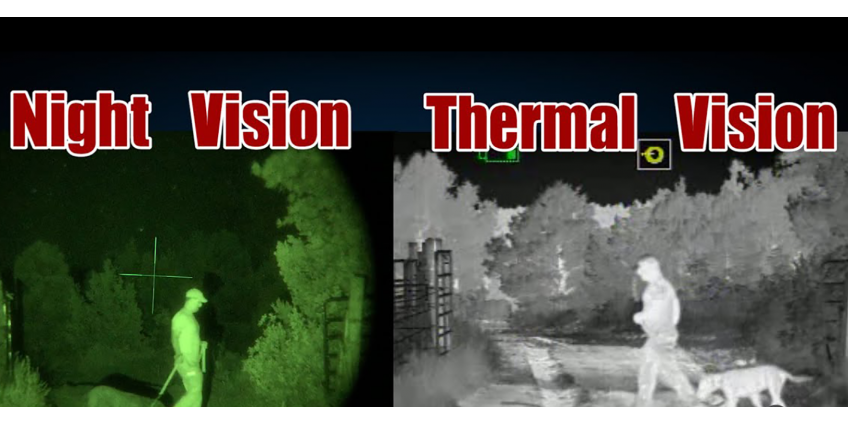Night vision optics have transformed visibility in areas where darkness is the norm and have proven to be a vital tool in a variety of disciplines. These advanced gadgets use the least amount of light that is already there, from the moon, stars, or even dim artificial sources, and amplify it to create distinct and crisp pictures of the surrounding area. With the use of this technology, people can see farther than their eyes can see naturally, opening up new possibilities for the night.
The applications of night vision optics are extensive and varied. In security and law enforcement, they play a pivotal role, allowing personnel to monitor and operate in complete darkness, thus enhancing both safety and the effectiveness of surveillance and tactical operations. In the military sphere, night vision is critical for night-time maneuvers, reconnaissance, and engagement, providing soldiers with a significant tactical advantage over adversaries who lack similar capabilities.
Night vision equipment is extremely useful for wildlife study and management, in addition to tactical and security uses. Night vision optics not only help with night vision in each of these scenarios, but they also create completely new avenues for engagement with a constantly changing environment.
Find below some of the vital aspects that determine the role of night vision optics.
Enhanced safety and security
Night vision optics are crucial for security operations, allowing law enforcement and security personnel to conduct surveillance and operations in complete darkness. This capability is invaluable in preventing crime, securing borders, and managing various security tasks that require round-the-clock vigilance. Night vision devices ensure that darkness is no longer a hindrance but an advantage for those tasked with keeping people and places safe.
Military operations
In military contexts, night vision is indispensable for nighttime operations. It allows soldiers to navigate, recognize friend from foe, and conduct missions under the cover of darkness, giving them a strategic advantage. Night vision technology can be the difference between success and failure in complex environments, enhancing soldiers’ situational awareness and operational capabilities in low-light conditions.
Wildlife observation and research
Biologists and wildlife researchers rely on night vision optics to study nocturnal animals without disturbing their natural behaviors. These gadgets allow for the observation of species that are active during the night, providing insights into their lives, behaviors, and habitats. Night vision technology thus plays a pivotal role in wildlife conservation efforts, helping scientists gather data crucial for protecting endangered species and understanding ecological dynamics.
Search and rescue missions
Night vision optics are vital in search and rescue operations, particularly in scenarios where operations must continue at night or in poorly lit conditions. They enable rescuers to locate lost or injured individuals in forests, mountains, or other challenging environments. This technology significantly increases the chances of a successful rescue by enhancing visibility, thereby speeding up response times and improving outcomes in emergency situations.
Recreational uses
For enthusiasts of outdoor activities like camping, hiking, and hunting, night vision optics enrich the experience by allowing them to navigate and explore safely after dark. These devices not only make night-time adventures possible but also more enjoyable, providing a unique perspective of the nocturnal world. Whether used for safety or enjoyment, night vision technology adds a new dimension to outdoor recreational activities.
To conclude
Night vision optics are a transformative technology that extends human vision beyond the usual boundaries set by natural light conditions. This capability has proven indispensable across various sectors, significantly enhancing operations that depend on the ability to see and understand the environment in darkness. As technology advances, the applications and accessibility of night vision continue to expand, making it an even more valuable tool in both professional and recreational realms.






